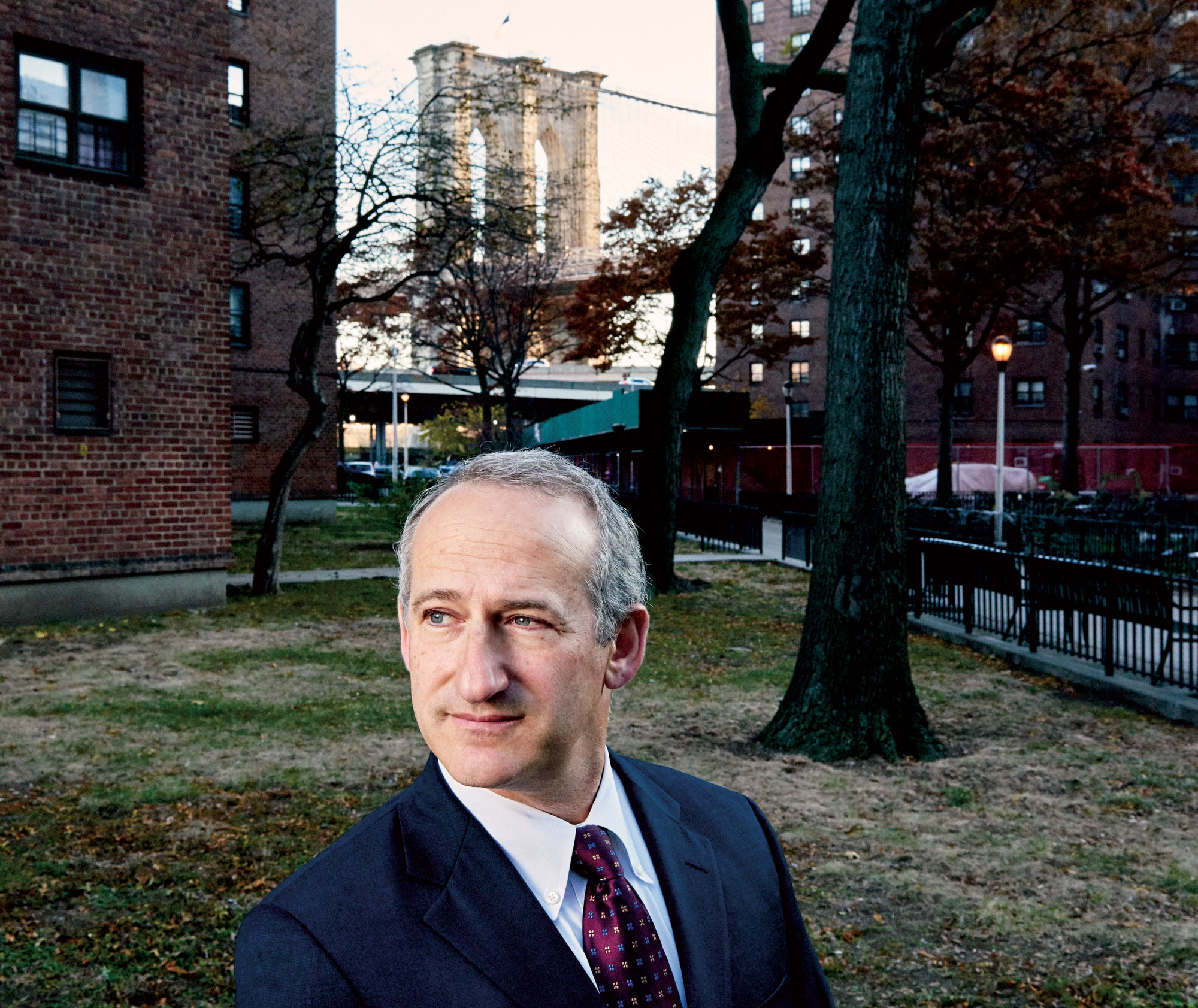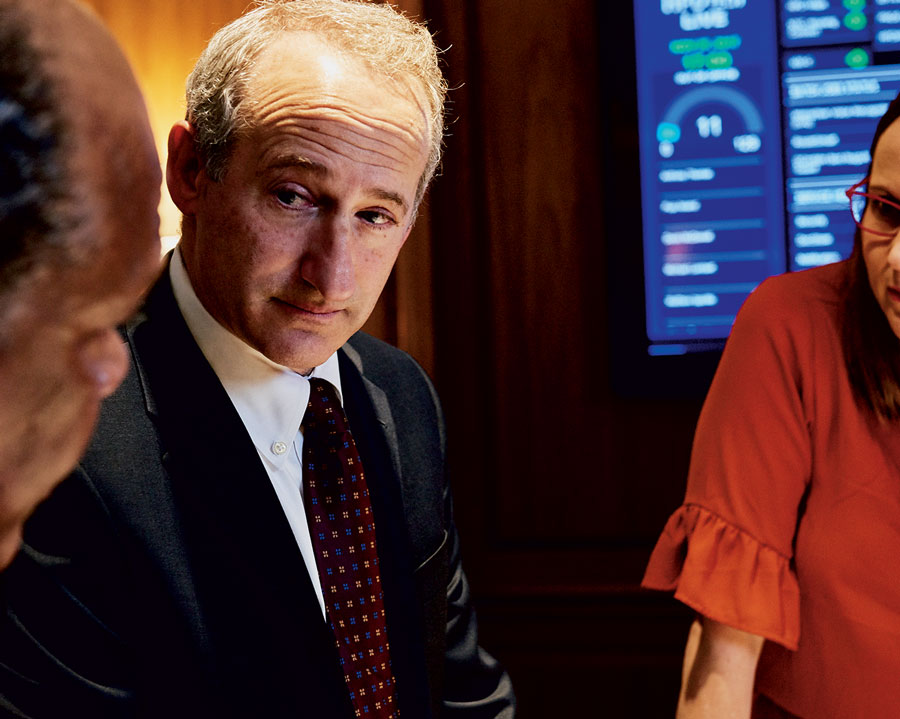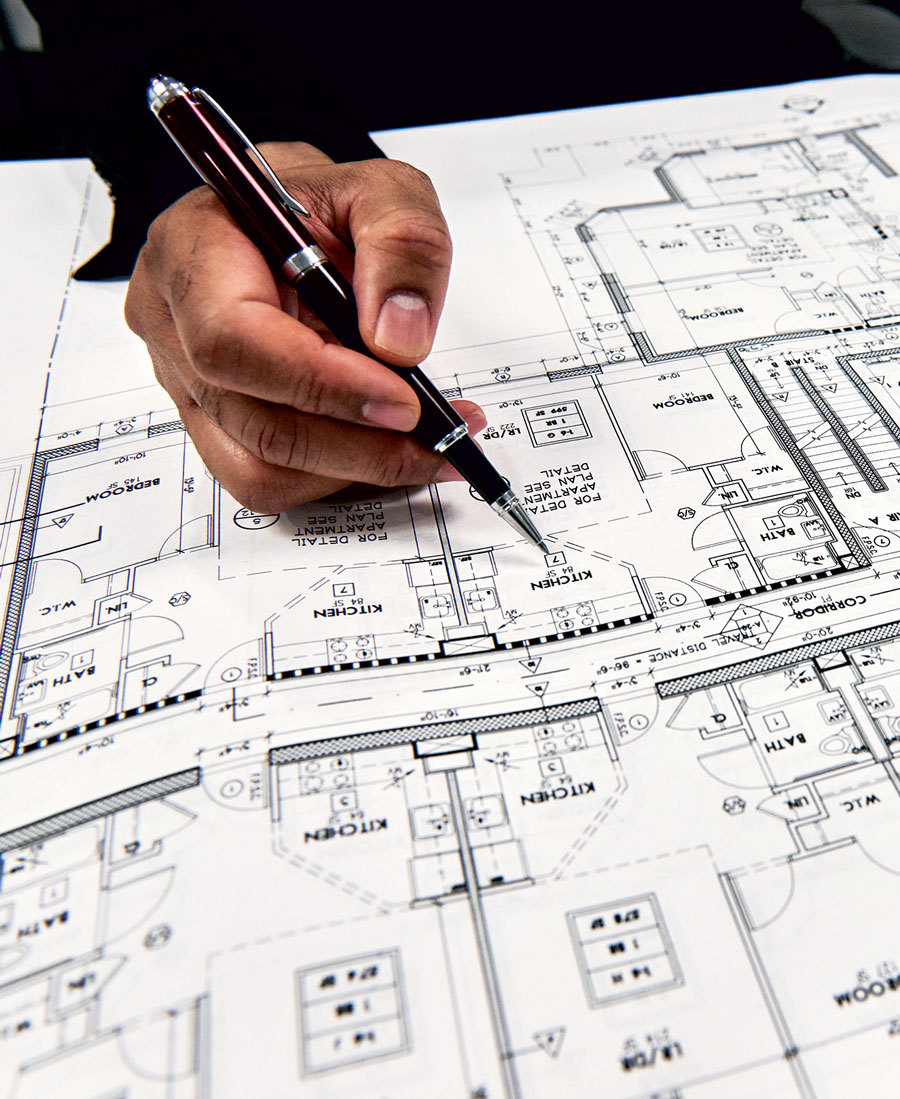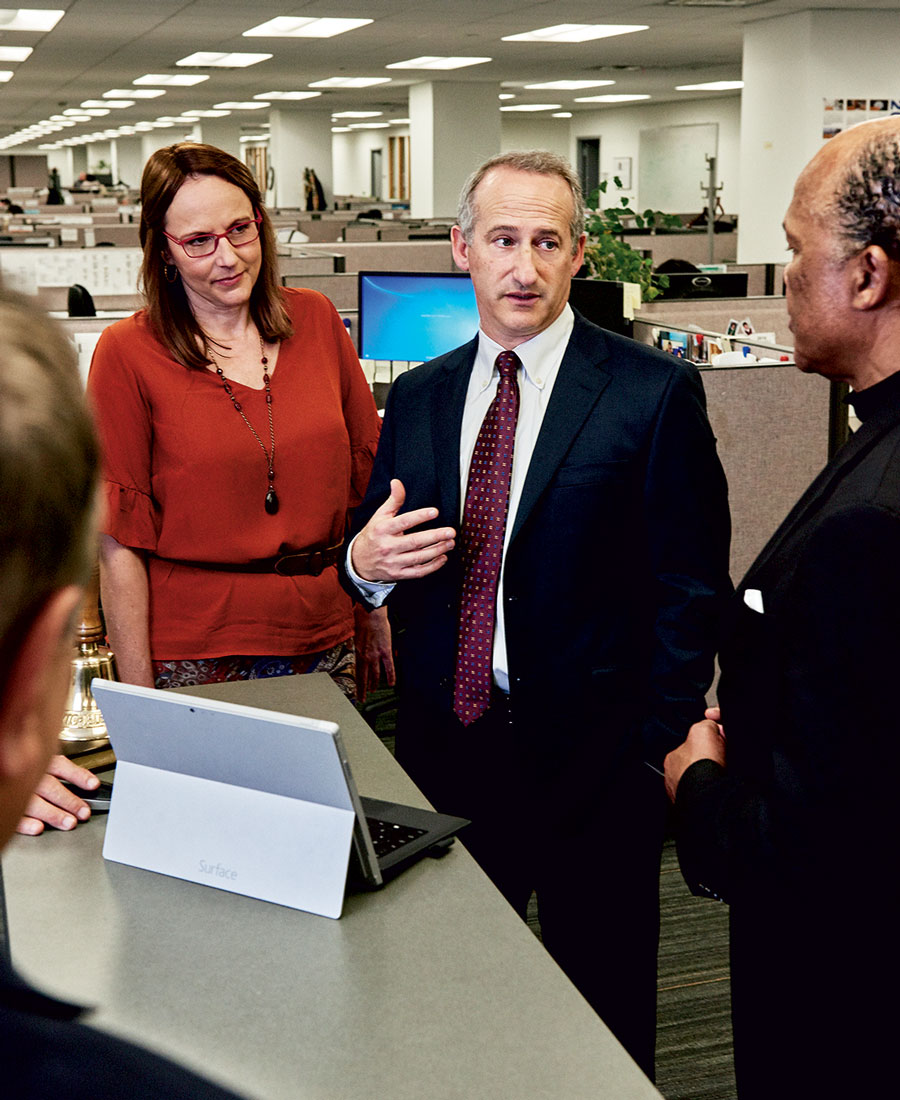
photographs by SALLY MONTANA
When New York City mayor Bill de Blasio coasted to his first victory four years ago, he did it by emphasizing “a tale of two cities,” addressing the egregious social stratification that had emerged in America’s largest city. The phrase struck a chord with voters who were seeing their hometown become less affordable by the day. Wall Street had bounced back — with a vengeance — from the 2008 financial crisis; the population was (and still is) booming; and the papers were filled with headlines about billionaires snapping up real estate across Manhattan. The result? Sky-high housing prices throughout the city. In Manhattan, for example, the median rent for a two-bedroom apartment is $4,500, and the average condo sells for more than $2.8 million, according to Richard Florida’s Atlantic article “Why America’s Richest Cities Keep Getting Richer.”
It was against this backdrop that Don Shacknai ’83 began his tenure — six months after de Blasio took office — as first deputy commissioner of New York City’s Department of Housing Preservation & Development (HPD). Not to be confused with public housing (which is overseen by a different agency), HPD subsidizes the creation and preservation of affordable housing throughout the city, typically by private entities, and including both for-profit and nonprofit housing. HPD also enforces laws that require landlords to provide heat, hot water and a vermin-free environment. In other words, Shacknai helps develop and maintain affordable, quality housing for New Yorkers.
“As New York City has recovered from the recession of 2007 and 2008, housing prices have gone completely crazy in New York, and in Brooklyn especially,” says Shacknai, from his office at HPD’s headquarters in Lower Manhattan. “Rents keep going up, the cost of living keeps going up, and incomes haven’t kept pace, so it’s harder and harder for people who’ve lived here a long time to keep living here.” As once-industrial or working- class neighborhoods transform — some of them at lightning speed — Shacknai says that “we’re trying to get ahead of it and make sure that, where there is stuff being built, we’re making some of it affordable.”
It’s been a momentous time to work at HPD. Shortly after being sworn in, the mayor announced a plan to create or preserve 200,000 units of affordable housing within 10 years. Four years in, de Blasio’s administration proudly highlights that it has already financed 77,651 affordable homes. In November the newly re-elected mayor and HPD announced an expansion of the housing plan to 300,000 units by the end of 2026. Critics of the plan claim it does too little too late, and that its definition of affordable is still too expensive for many New Yorkers. What both sides can agree on is that such housing is sorely needed. Shacknai says it’s typical to receive “something like 75,000 applicants for 70 units.”
Shacknai sees his role, overseeing more than 1,600 people in the 2,400-person agency, as making sure others are able to do their jobs well, in operational areas ranging from HR to equal employment opportunity to IT to budgeting. “I have a lot of meetings,” he says.




At the moment, technology is one of his biggest concerns. Applying for affordable housing used to be laborious for not just the thousands who apply for every new unit that opens up but also for the HPD employees processing applications. In 2013, the agency launched a new website that allows electronic applications. Shacknai is now overseeing the building of the site’s next version, which will make application even easier.
That’s part of a larger technological upgrade the agency is undergoing, in which Shacknai plays a leading role. Already, a new system has been rolled out for architects and engineers to submit plans to HPD. “That was a major step forward — reducing paper submissions that go back and forth 16 times,” says Shacknai.
Shacknai is also working on technology improvements for the agency’s inspectional force. When people complain about housing conditions, such as rodents, lack of heat or a water leak, HPD sends inspectors to investigate. Sometimes the agency issues violations against landlords or takes them to court. “We are trying to improve housing conditions for tenants all over the city,” he says.
“And it’s really complex,” Shacknai adds. “There are many layers. This agency interacts with elected officials on a daily basis. Everyone has skin in the game. What are the new projects going on within a council district, within a state senate district, an assembly district? Where is all this stuff happening? Every elected official really cares, and they hold us accountable and want answers to their questions. We’re constantly at town halls, hearings, communicating what we’re doing and explaining what we’re trying to do. Because it’s really complicated and not always evident to people.”
In some ways, it’s a surprise to Shacknai that he’s ended up at HPD. He majored in English at Bucknell, then earned a J.D. at Cornell Law School.
However, government service is a common thread. He spent six years working for New York City’s child-welfare agency, then after law school, 12 years with the New York Fire Department in the years immediately following 9/11, when the department was preoccupied both with emotional recovery and physical rebuilding. “It was a difficult time but also one in which I was very inspired by what people were able to do,” says Shacknai. “The department started to rise again and gain momentum toward being an even better, more modern, more proactive department.”
Now Shacknai finds himself in another key role at a massive New York City agency, centered on a critical issue that will determine the city’s future. He’s reminded of just how important that work is every single day. He lives in Brooklyn, and on weekends, often takes his two children to soccer or flag football at the sports fields along the waterfront, with a sweeping view of Lower Manhattan. That skyline represents “home” to millions of New Yorkers. Hopefully, the city will remain affordable enough for everyone who currently calls it home to keep doing so in the future.
The biggest challenge, Shacknai believes, will be simply sustaining the progress made so far. “We’re on track, but it’s going to require stable resources and a solid economy to continue, so we’re just trying to put plans in place to keep the momentum going,” he says. “Because really good things are happening here.”